The risk of developing deep vein thrombosis from flying is relatively low. One study estimates that 1 in 4,600 travellers will have a blood clot within four weeks of a long flight. The longer the flight, the more at risk you are for developing a clot. This develops from a few days to weeks after a flight – usually after a long journey. However, some blood clots break up naturally if you’re active during your flight and in the subsequent weeks.
What Causes Deep Vein Thrombosis
Deep vein thrombosis (DVT) forms due to slow blood flow or blockage in larger veins during prolonged immobility, such as sitting for long periods during air travel. The following certain factors may increase an individual’s risk of developing DVT.
Risk Factors of Deep Vein Thrombosis
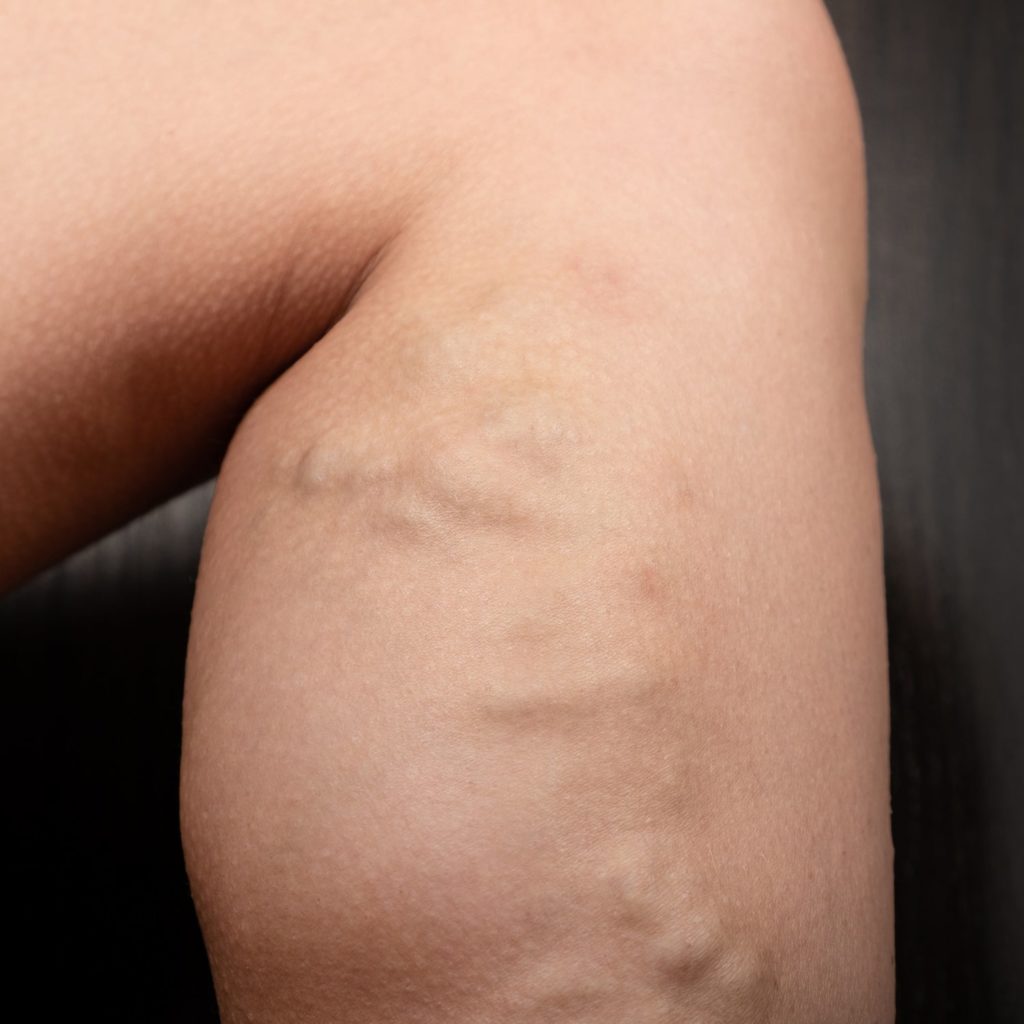
Previous history of DVT or pulmonary embolism
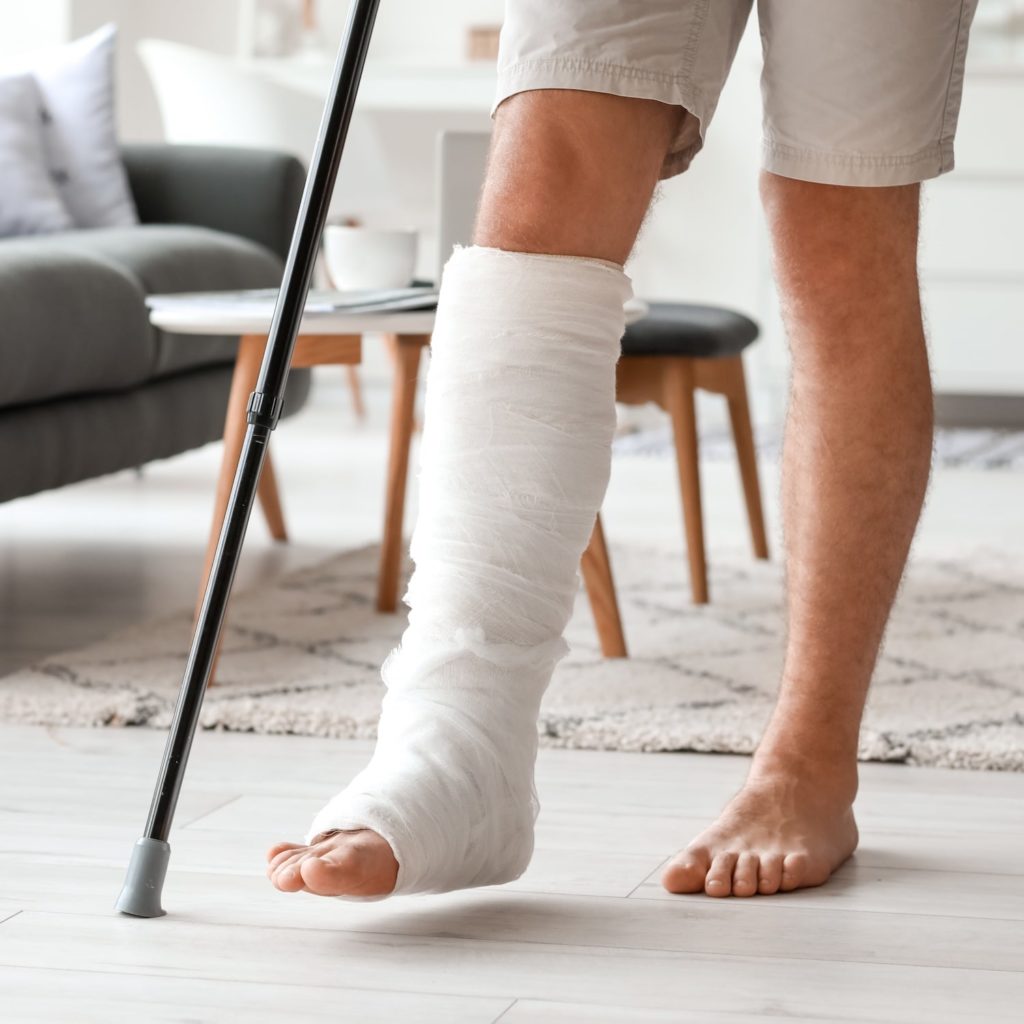
Recent surgery or injury

Cancer or undergoing cancer treatment

Obesity

Pregnancy or recent childbirth

Hormone replacement therapy or birth control pill use
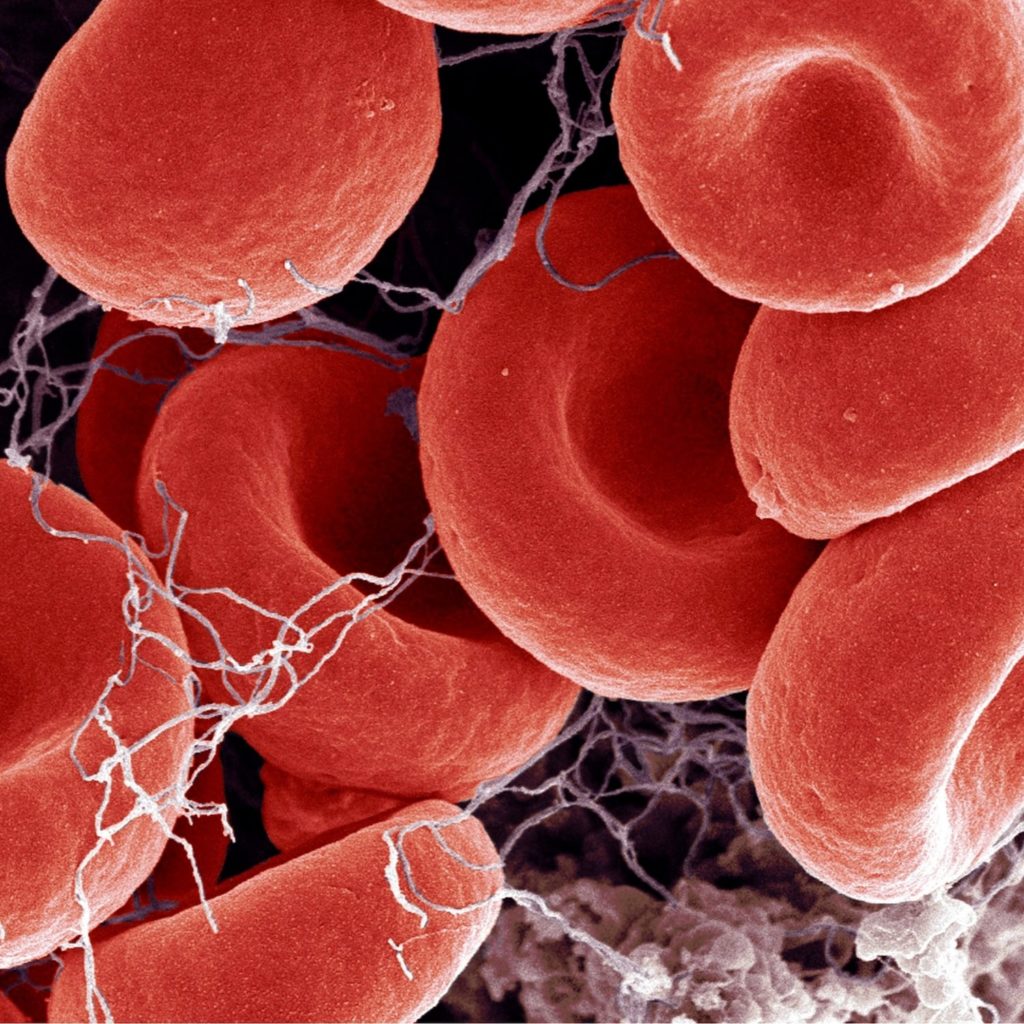
Hypercoagulable disorders, e.g. factor V Leiden mutation and prothrombin gene mutation

Family history of varicose veins increases the risk of blood stasis during air travel, leading to superficial venous thrombosis or phlebitis and blood clots.
What Are the Symptoms of Deep Vein Thrombosis From Flying
Deep vein thrombosis affects large thigh and lower leg veins, commonly on one side of the body. Most blood clots dissolve on their own. However, if the blood clot blocks blood flow, it may cause the following symptoms.
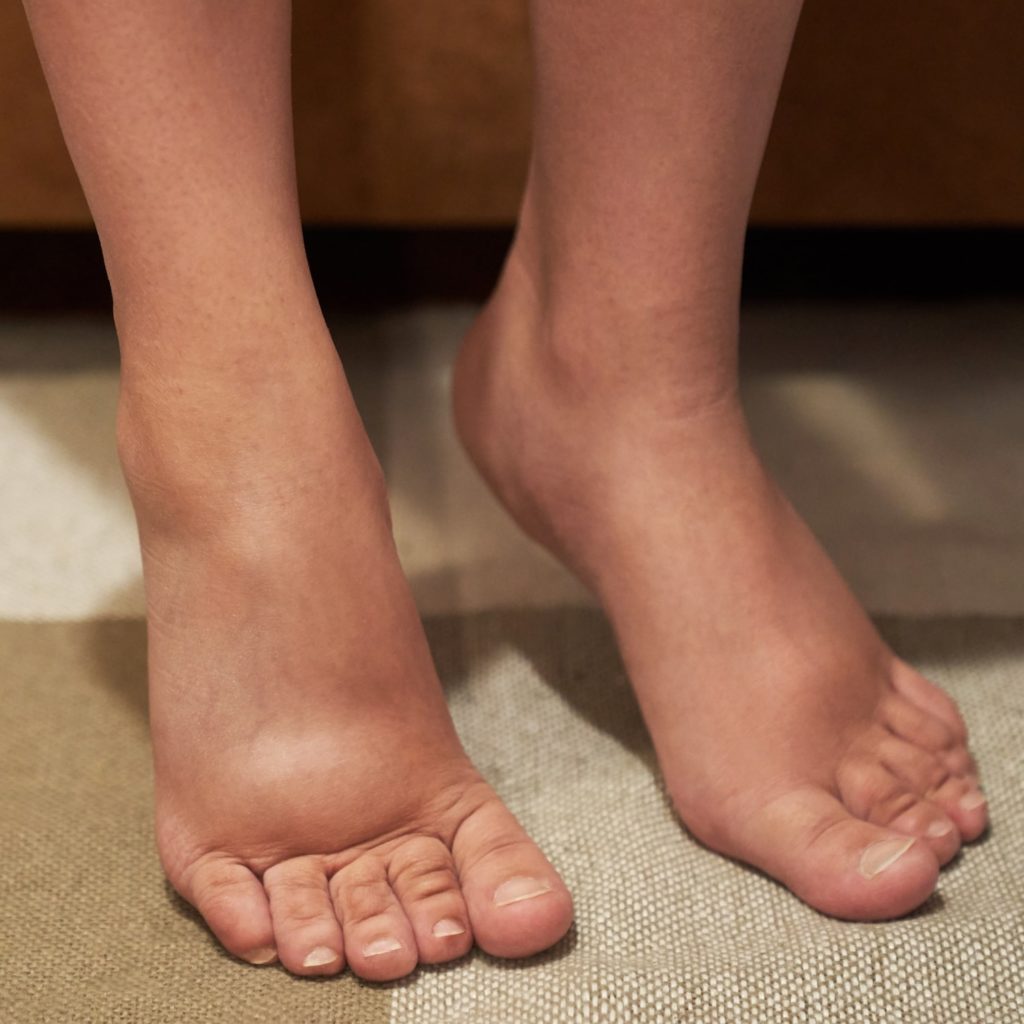
Swelling of your leg
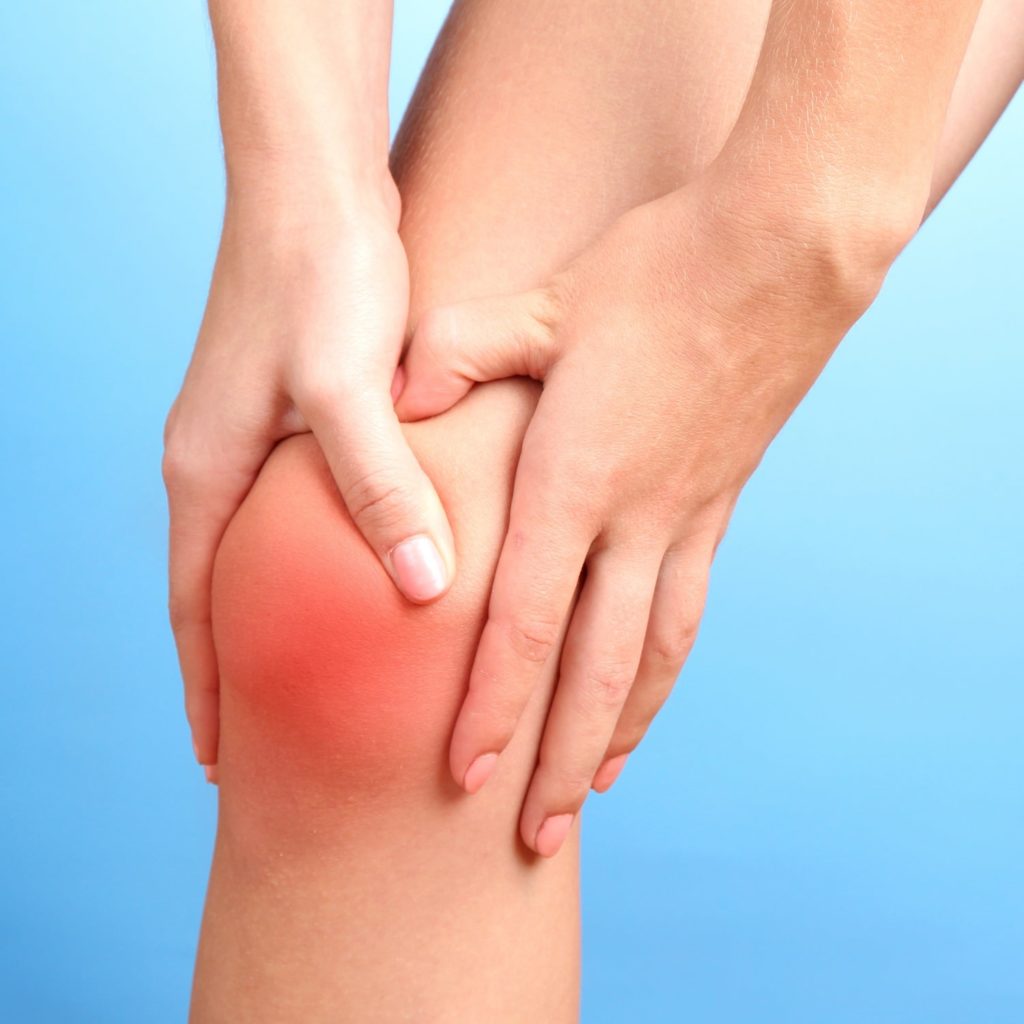
Pain or tenderness that you can’t explain

Skin that is warm to the touch
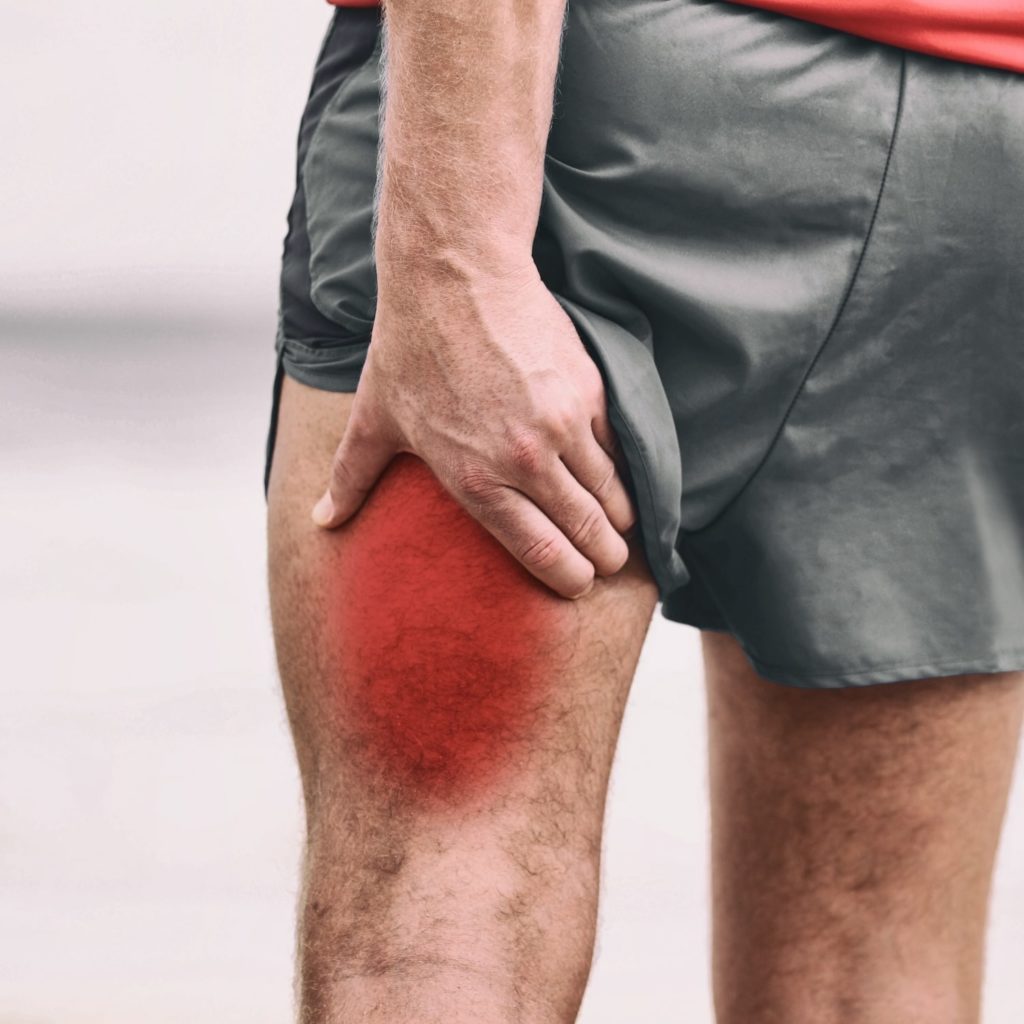
Redness or darker-coloured skin
How to Manage Deep Vein Thrombosis From Flying
Individuals should avoid flying if they have a newly diagnosed DVT due to the risk of related complications during travel, such as part of it breaking free. Our vascular specialists, Dr Wong and Dr Tang, recommend waiting up to four weeks after treatment for cases of deep vein thrombosis on a plane.
Depending on your medical history and flight duration, they may prescribe anticoagulation medication to prevent blood clots from forming or getting larger before your flight. This medication carries its risks, including an increased risk of bleeding. As a result, our vascular surgeons carefully evaluate the decision to recommend anticoagulation before flying to weigh the potential benefits against the risks.
At the Vascular and Endovascular Clinic, Dr Wong and Dr Tang provide personalised advice based on your medical history and risk factors. We aim to provide accessible and optimal evidence-based interventions for vascular concerns, including the challenges of deep vein thrombosis from flying.
Consult our senior vascular specialists if you have concerns about DVT and air travel today.
5 Tips to Avoid Deep Vein Thrombosis on a Plane

Avoid excessive alcohol consumption.High levels of alcohol cause veins to tighten and constrict, affecting blood flow and increasing the risk of DVT.

Drink plenty of fluids (non-alcoholic) before and during the flight.
Airplane cabin air is dry. As a result, passengers quickly become dehydrated during a flight. Drinking lots of water maintains proper blood viscosity and reduces the risk of clot formation.

Move around and stretch your legs regularly during long flights.
Sitting in the same position for extended periods may cause blood to pool in the lower legs, increasing the risk of clot formation. Regular stretching exercises maintain healthy blood circulation. Try ankle rotation while seated. Lift your feet off the ground and rotate your ankles in circular motions in the same direction multiple times and repeat on the other foot. This simple stretch promotes blood flow in the legs and feet.
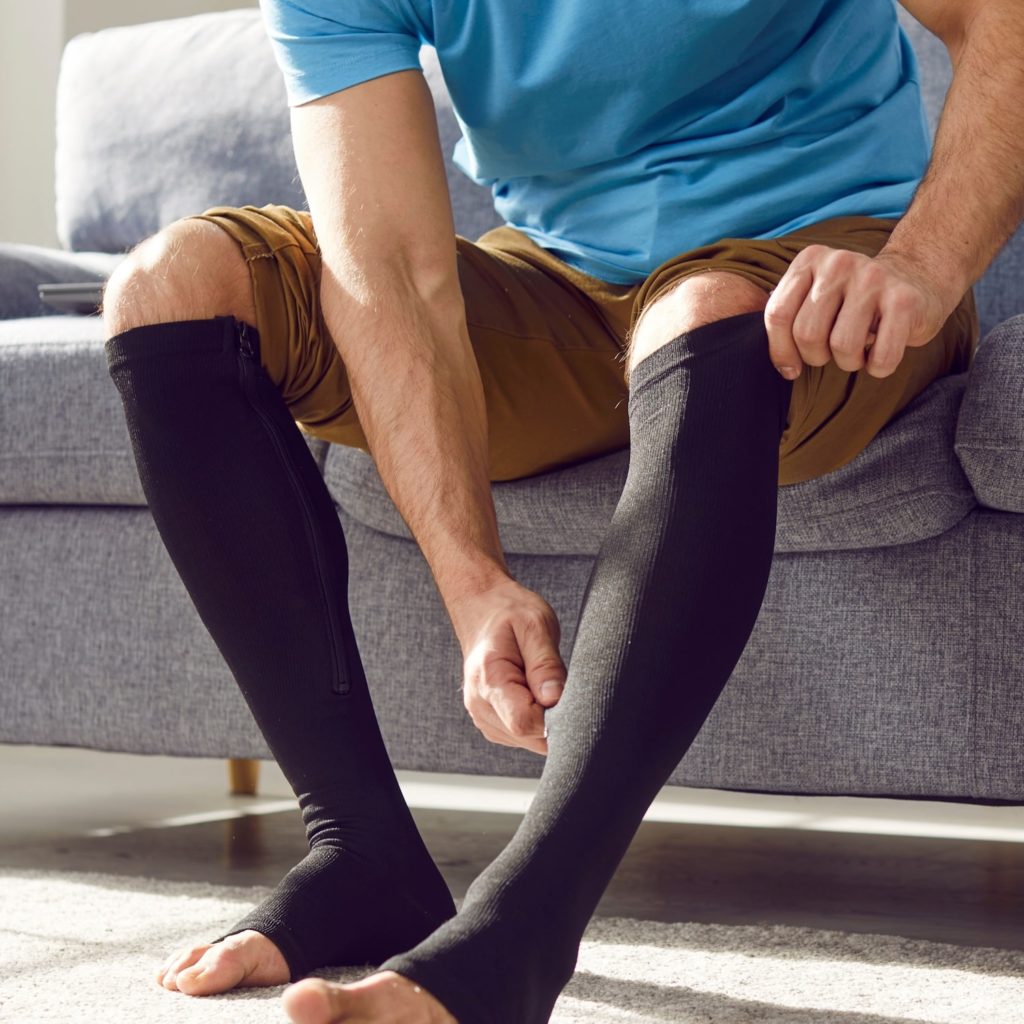
Wear compression stockings or socks to improve blood flow in the legs.
Compression stockings or socks provide graduated pressure to the legs to prevent blood from pooling. Individuals with underlying risk factors for DVT, such as a history of blood clots or varicose veins, may benefit from wearing one.

Avoid crossing your legs for extended periods.
Crossing your legs for extended periods restricts blood flow in the lower limbs and contributes to clot formation. Keep your feet flat on the floor or change leg positions to maintain healthy blood flow.
Safeguarding Your Vascular Health: DVT Prevention For Travelers
At the Vascular and Endovascular Clinic, we recognise that travelling is essential to our lives. As a result, our commitment to your vascular health extends to your travel plans, preferences, and needs. Our team of senior vascular surgeons assess your specific risk factors and medical history to ensure that the prevention strategies we recommend are tailored to your condition and lifestyle.
This may include medications, healthy habits, compression stockings, and keyhole surgery to empower you to navigate the challenges of deep vein thrombosis from flying.
Informed travellers are healthier travellers. Take the knowledge you’ve gained from this article and embark on your journey to prioritise your vascular health today.









